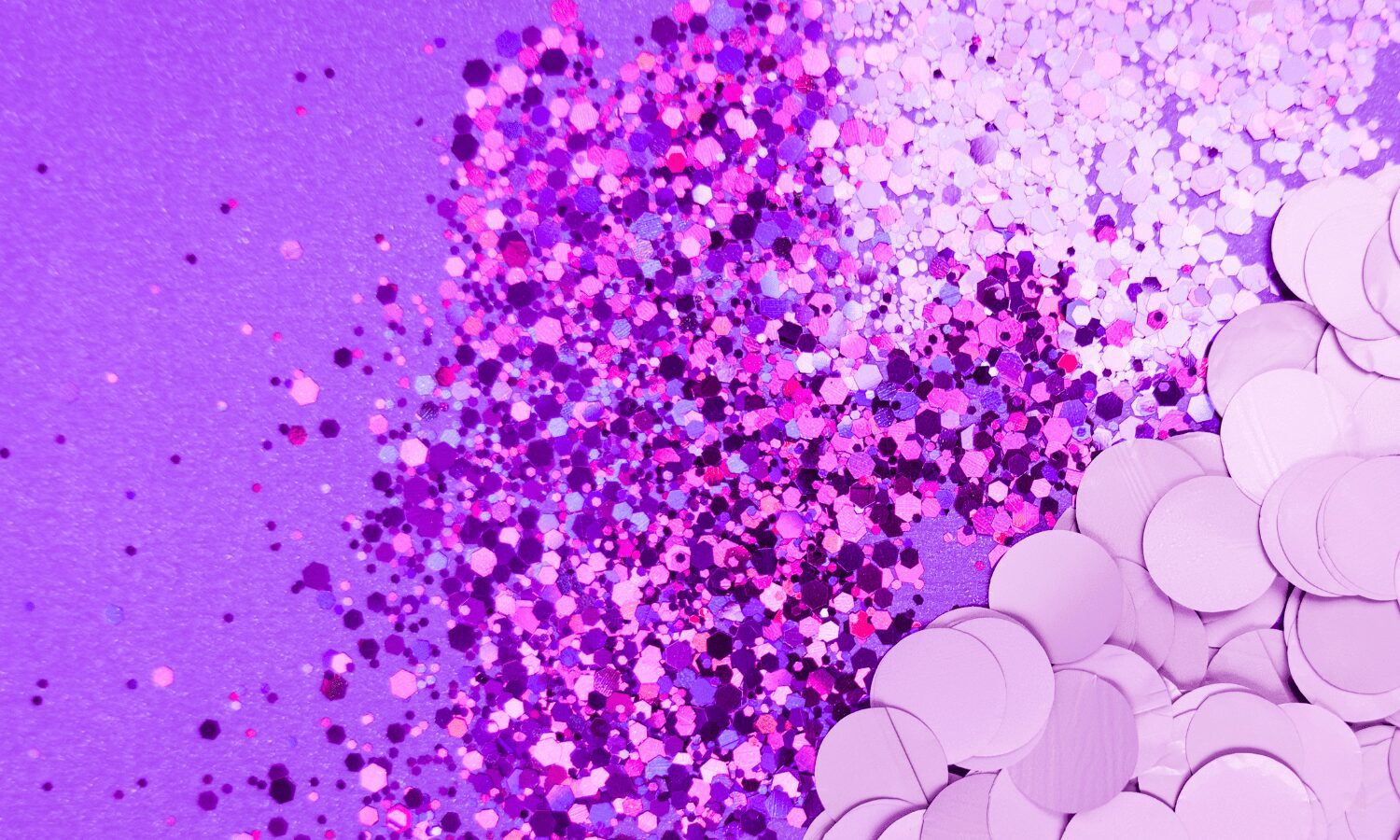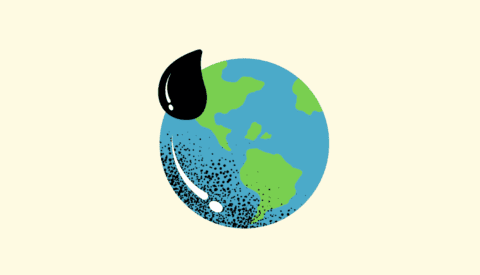Curtains For Glitter? Europe Bans The Most Shiny Of Microplastics
The European Union has just banned glitter, among many other microplastics. Still, that doesn't necessarily mean the end of 'sparkle' — we'll just need to look for more environmentally-friendly alternatives.
Article

Article
Adored by some, abhorred by others, a dream-making nightmare of arts and crafts that’s ultimately impossible to ever fully remove. It’s glitter the reigning sovereign of kids’ birthday parties and New Year’s eve, which also happens to be a highly polluting substance.
After all, not only is it made of plastic and thus takes long time to degrade, but its tiny size makes it spread and become a burden on the environment. Trying to use glitter responsibly is not a simple task, but disposing of it is even harder.
That’s why scientists and environmentalists have been calling for a more critical view of its use. Some have advocated for it to be discontinued, which is what has just been decided in Europe, where glitter was recently banned.
The decision is part of the fight against pollution and the EU’s green transition. As the European Commission explained in a press release announcing the measure, the regulation is expected to prevent «the release of approximately half a million tons of microplastics into the environment».
Understanding the ban
While glitter is the protagonist of the EU’s decision, it is not the only one to have been prohibited. The restriction defines microplastics as «synthetic polymers less than five millimeters in size that are organic, insoluble, and resistant to degradation», and this category is broader than we would imagine. For example, microbeads which are found in cosmetic exfoliation products; granular filling material used on sports surfaces; or micro-elements found in detergents, fabric softeners, or toys, among many other things.
The death of glitter will be imminent: the regulation comes into effect in 20 days, and that’s when non-adherent glitter must be abandoned in the EU. In just over two weeks, it will not be marketed in EU countries. For other products, the date is not as clear. The Commission reminds that it will be «after a longer period» so that stakeholders can develop and implement alternatives.
Microplastics escape wastewater treatment plant filters and are difficult to remove
The EU’s decision is the most ambitious in terms of size and scope in the fight against glitter. Before, it was individual companies which had to make the choice to abandon the material. In 2020, for example, major British retail chains announced that their Christmas products would not contain glitter. «We have removed glitter and plastic from our festive products this year, so our consumers can enjoy the holidays without worrying about the environmental impact», explained Christine Bryce, the Home Director at Morrisons, to The Guardian.
Behind the decision
While glitter may constitute only a small part of overall pollution, its disappearance is significant. «The ban on intentionally added microplastics responds to a serious concern for the environment and human health», argues Virginijus Sinkevičius, Commissioner for Environment, Oceans, and Fisheries, noting that these materials are already present in nature, «as well as in food and drinking water.»
According to Greenpeace data, every year we dump the equivalent of 1,200 times the weight of the Eiffel Tower in trash into the oceans. A single plastic bottle takes 500 million years to degrade.
According to Greenpeace data, every year we dump the equivalent of 1,200 times the weight of the Eiffel Tower in trash into the oceans
Microplastics are a crucial part of the problem, because they escape wastewater treatment plant filters and are difficult to remove. They have made their way into the countryside, abound in the oceans, and accumulate in the air we breathe. They have already entered the diets of marine life and have even reached the tables of humans. One study has found them in table salt.
Losing that sparkle?
The regulation doesn’t necessarily mean we have to transition to a world without glitter but rather to one where it’s not made of plastic.
«This restriction contributes to the EU industry’s ecological transition and promotes innovative products without microplastics, both in cosmetics and detergents or sports surfaces«, says Thierry Breton, Commissioner for the Internal Market, in the official communication.
Biodegradable glitter already exists, and in fact, these alternatives are already being marketed and used. «We are very close to the river, and we were concerned about polluting it», acknowledged a group from Bilbao known for using biodegradable glitter. Manufacturers of such glitter promise not only that it’s more environmentally friendly but also easier to remove from surfaces and even human skin.
This content is part of a collaboration agreement of ‘WorldCrunch’, with the magazine ‘Ethic’. Read the original at this link.






